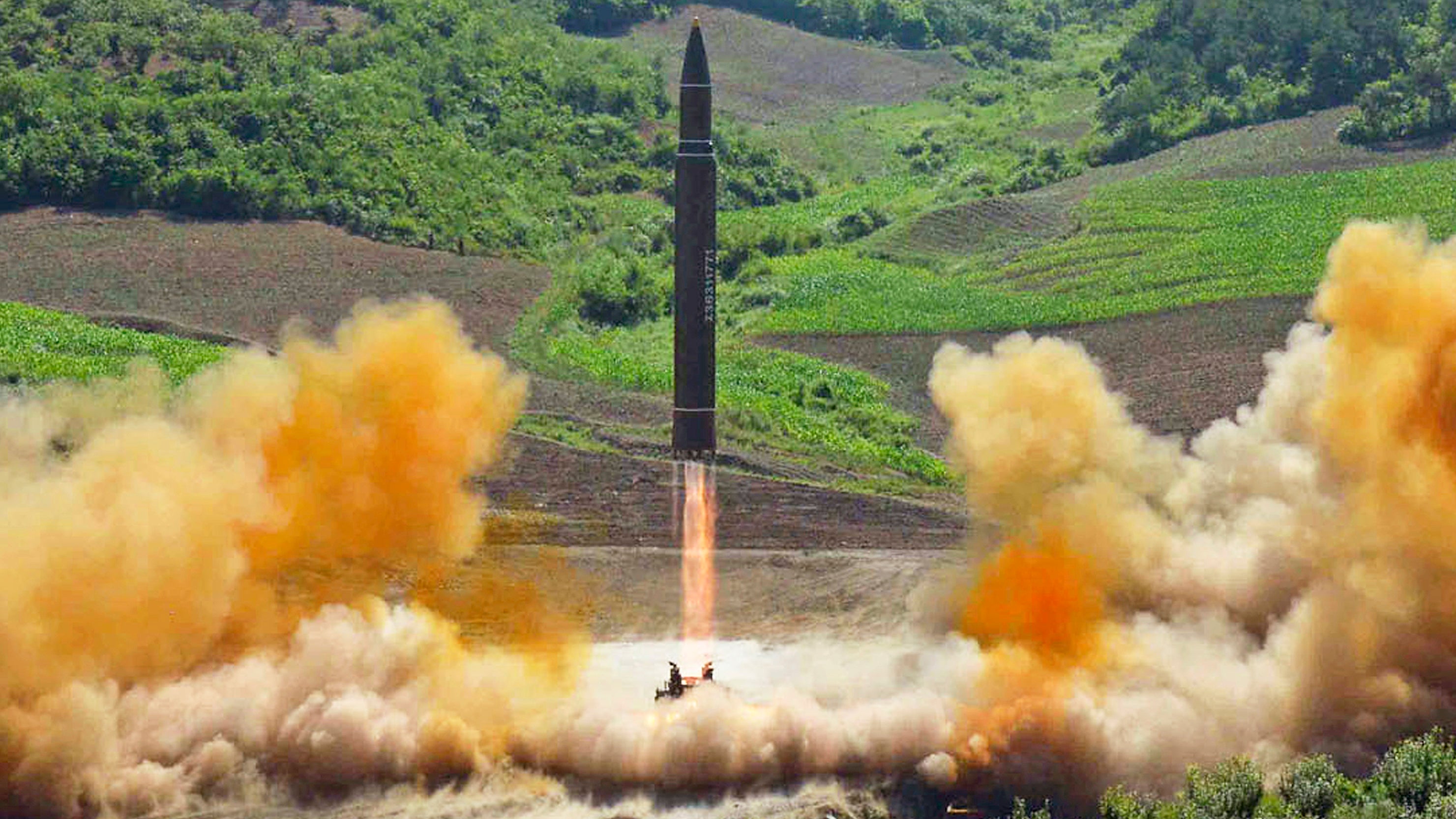Astonishing, impressive, borderline unbelievable. These are just a few terms to describe what North Korea has achieved when it comes to its ballistic missile capabilities over the last 15 months.
Yesterday’s launch was the secretive country’s most successful, and introduced the world to yet another missile design—the Hwasong-14. The missile has been around for some time as we have mentioned it over the years, although it has never been officially tested. And this particular version came in a new and highly impressive configuration, which includes a re-contoured second (or possibly even third) stage and delivery vehicle, that looks about as legitimate of a long-range nuclear delivery system as we have seen yet from the country.
The liquid-fueled rocket was rolled out on one of North Korea’s largest transporter-erector-launchers—which itself is of Chinese origin—and placed vertically on a launch stand. At around 9:40AM local time, with the young tyrant Kim Jong Un gazing over the launch site, the missile climbed into the air over northwestern North Korea for the first time.
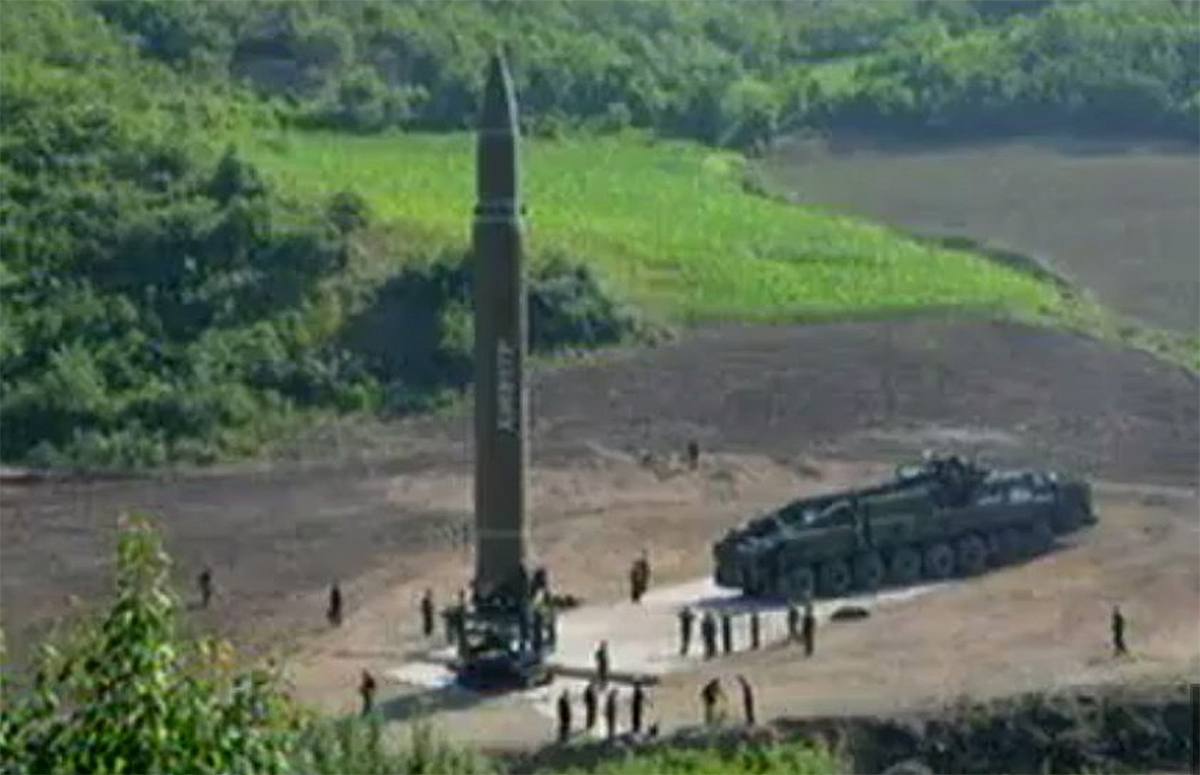
During its steep flight into space and back down into the Sea of Japan, the missile traveled over 580 miles for 39 minutes, and reached an altitude of a whopping 1,740 miles. For comparison purposes, the International Space Station orbits the earth at an altitude of roughly 250 miles.
Here is a translated copy of North Korean state media’s official statement on the launch:
The test shattered North Korea’s last test launch of a long-range missile, which occurred in April. That was the first known launch of a Hwasong-12, which flew to then a seemingly incredible altitude of 1,300 miles and downrange nearly 500 miles. In retrospect, that was just an opening act for the Hwasong-14’s far more concerning flight profile.

For yesterday’s launch, North Korea used a highly parabolic trajectory as it has done as of late for other missile tests, something we accurately postulated on when the behavior first appeared. By most accounts at this time, the missile’s range if it were to have flown a shallower, range-optimized launch profile would be somewhere between 4,000 miles and 5,000 miles. This would put the missile either just inside the top-end of the intermediate-range ballistic missile (IRBM) category, or more optimistically at the bottom of the intercontinental ballistic missile (ICBM) category.
Either way, the missile’s test displays a tremendous technological breakthrough for North Korea and a massive leap in the county’s threat profile for the US. For the first time, North Korea has proven that it has the capability to reach Alaska with a ballistic missile nuclear delivery system. With further development, or if the longer-range estimates prove true, the Hwasong-14 could reach Hawaii and even possibly the northern edge of the lower 48 states.
There is no denying that the existence of this flight test missile changes the strategic equation between the US and North Korea. It will also result in further truncated estimates as to when North Korea will possess a reliable ballistic missile nuclear weapons delivery system that can put the western seaboard of the US under threat.
For the Trump Administration, who talks regularly about taking a hard line on the North Korean issue, and has come out time and again stating that the era of “strategic patience” in regards to North Korea is over, this latest launch is akin to calling the White House’s bluff. In many ways it is more provocative than another nuclear test, which could still come at any time. So the big question now is what will Trump and his national security team do now that the stakes have been raised by Pyongyang?
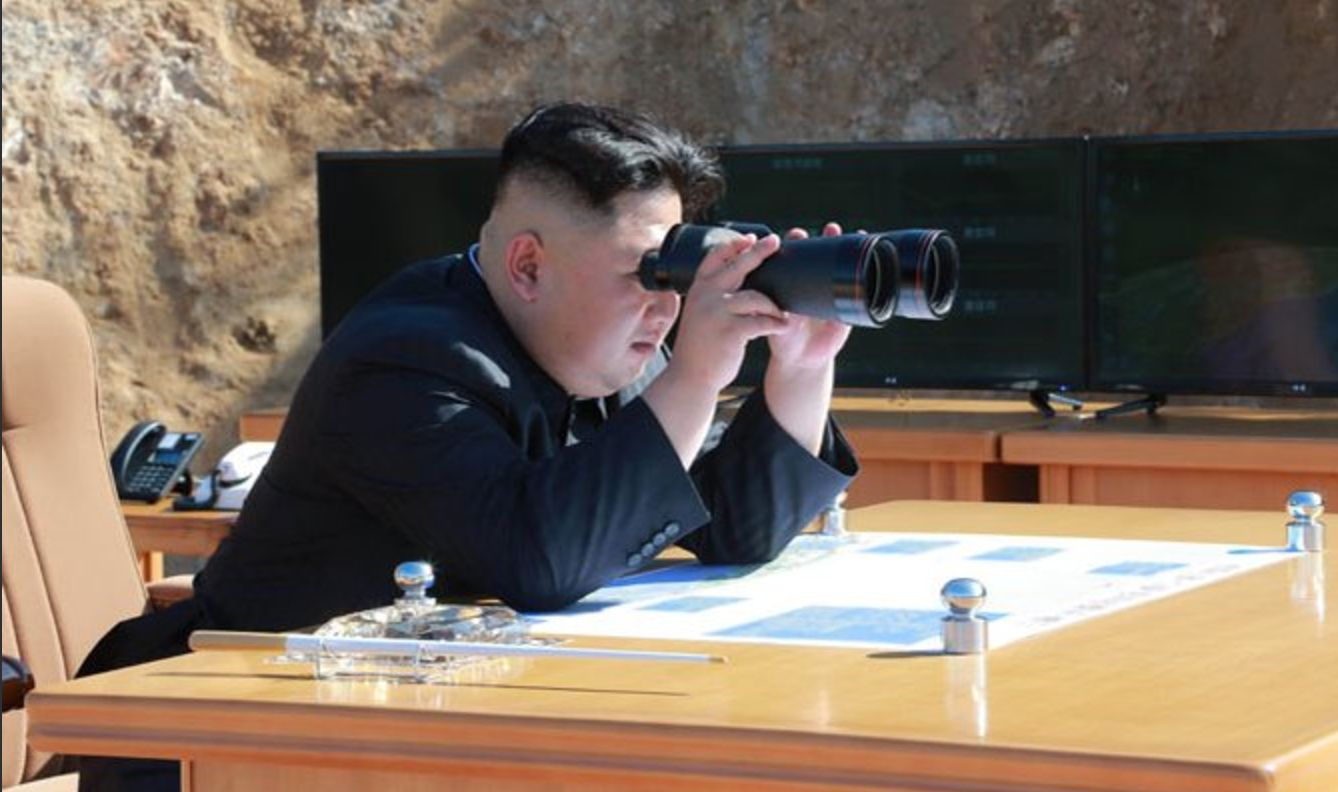
There have been small signs that North Korea is willing to negotiate, and specifically halt missile and nuclear tests if the terms of an agreement that includes an end to US-South Korean military exercises could be reached, with North Korean ambassador Kye Chun Yong telling an Indian TV news network:
“Under certain circumstances, we are willing to talk in terms of the freezing of nuclear testing and missile testing… If our demands is met, we can negotiate in terms of the moratorium of such programs as weapons testing.”
This is just one of multiple overtures that have surfaced in recent weeks, but taking them seriously is a tough proposition as North Korea often plays a shell-game of sort with statements from its international officials. Most the times these propositions are not representative of the country’s true intentions. On the other hand, ignoring them entirely would be foolish.
By all accounts, Kim Jong Un is set of developing his nuclear and missile arsenals. As such, expectations of what a possible “deal” between the US and North Korea that forestalls what appears to be a march towards conflict of some sort must be realistic. And that means it likely won’t be attractive politically to the current US administration. We described what a realistic deal would look like late last April:
A much more realistic deal would include Kim freezing his nuclear weapons and delivery systems programs, as well as limiting the number and types of operational ballistic missiles in his arsenal. At the same time, North Korea would garner certain assurances and benefits from the US, South Korea, and the world community as a whole. This could include a non-aggression pact and a deal to deliver tightly prescribed food stuffs and energy supplies in return for cooperation. The removal of some US military capabilities in South Korea would also likely be part of such a deal. Most importantly, this could include axing the deployment of America’s THAAD anti-ballistic missile system to the Peninsula—a move that would make China very happy as well. Other moves to scale back the alert posture on both sides along the DMZ may be also possible, but the main thing is to create a jumping off point from the current march to war, and then work on that progress to further the situation in a positive manner.
Yes, this means North Korea would be able to keep their pocket arsenal of nuclear weapons, but they could not test them, expand their arsenal, nor could they continue development of a reliable delivery system to work in conjunction with it. This keeps the US mainland outside of North Korea’s reach. This may seem less than optimal, but such a framework would be a reflection of reality of where we are at today with the situation.
And better this than a reality where Kim has achieved a reliable long-range missile capability that threatens the US mainland, not to mention throngs of shorter-range missiles that have South Korea, Japan, and other US allies in their crosshairs. The deal would also keep his arsenal from becoming one stocked with hundreds of nuclear warheads, rather than a couple dozen, and would keep North Korea’s nuclear designs and components from being exported for hard currency to other rogue actors around the globe. Above all else, it is also better than a war where many thousands die, the world economy shatters and unpredictable geopolitical consequences plague American foreign policy in the region for decades to come.
Whatever Trump considers as real options regarding dealing with the threat from North Korea, it is possible now that one of them will be exercised in the not so distant future. China, who Trump hoped would rein in their North Korean friends that depend on them for virtually everything, showed signs of doing so after Trump’s Mar-a-Lago summit with China’s President Xi Jinping. But those efforts seemed to have dematerialized in recent weeks according to multiple indicators.
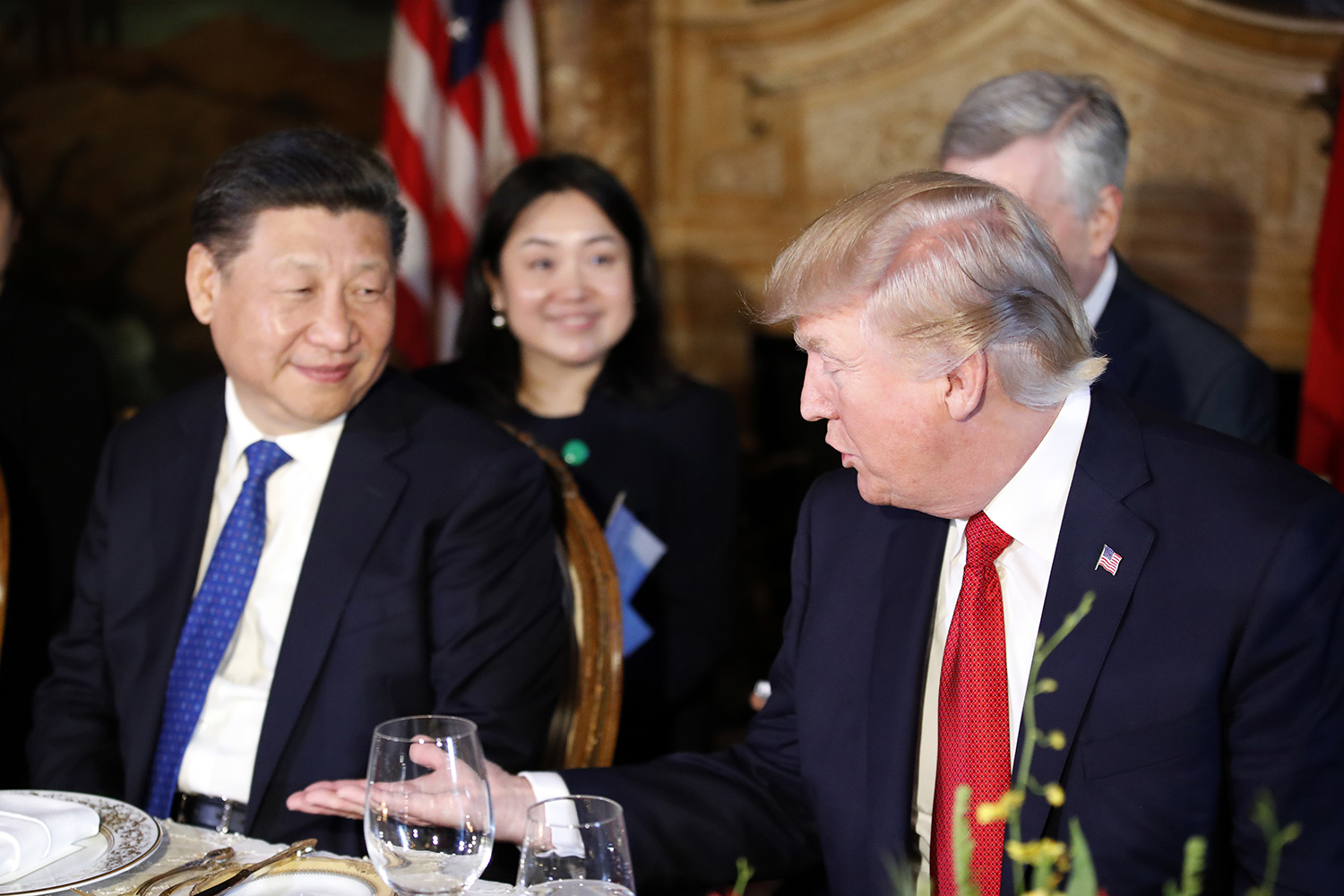
South China Sea freedom of navigation drills by the US Navy against China’s man-made islands have resumed, and sanctions on Chinese financial institutions that do business with North Korea have been enacted. Trump has also warned China that he will go his own way now that they have appeared to have failed when it comes to getting the Kim regime under control. Overall it looks like the short-lived bromance between the two world leaders is waning. Maybe most telling, China has recently joined with Russia of all countries to urge restraint when it comes to the North Korean crisis and for the US to sign up along with North Korea to their “deescalation plan.”
The cosponsored plan would see North Korea suspend its ballistic missile tests and the US and South Korea stop all large-scale military exercises, after which it is hoped that some sort of deescalation talks would begin. The deal also demands the US military’s end its THAAD missile defense system deployment to South Korea. China, and Russia to a lesser degree, have long despised the presence of the system on the Korean Peninsula for fears that it could counter their nuclear deterrents and spy on their own ballistic missile tests.
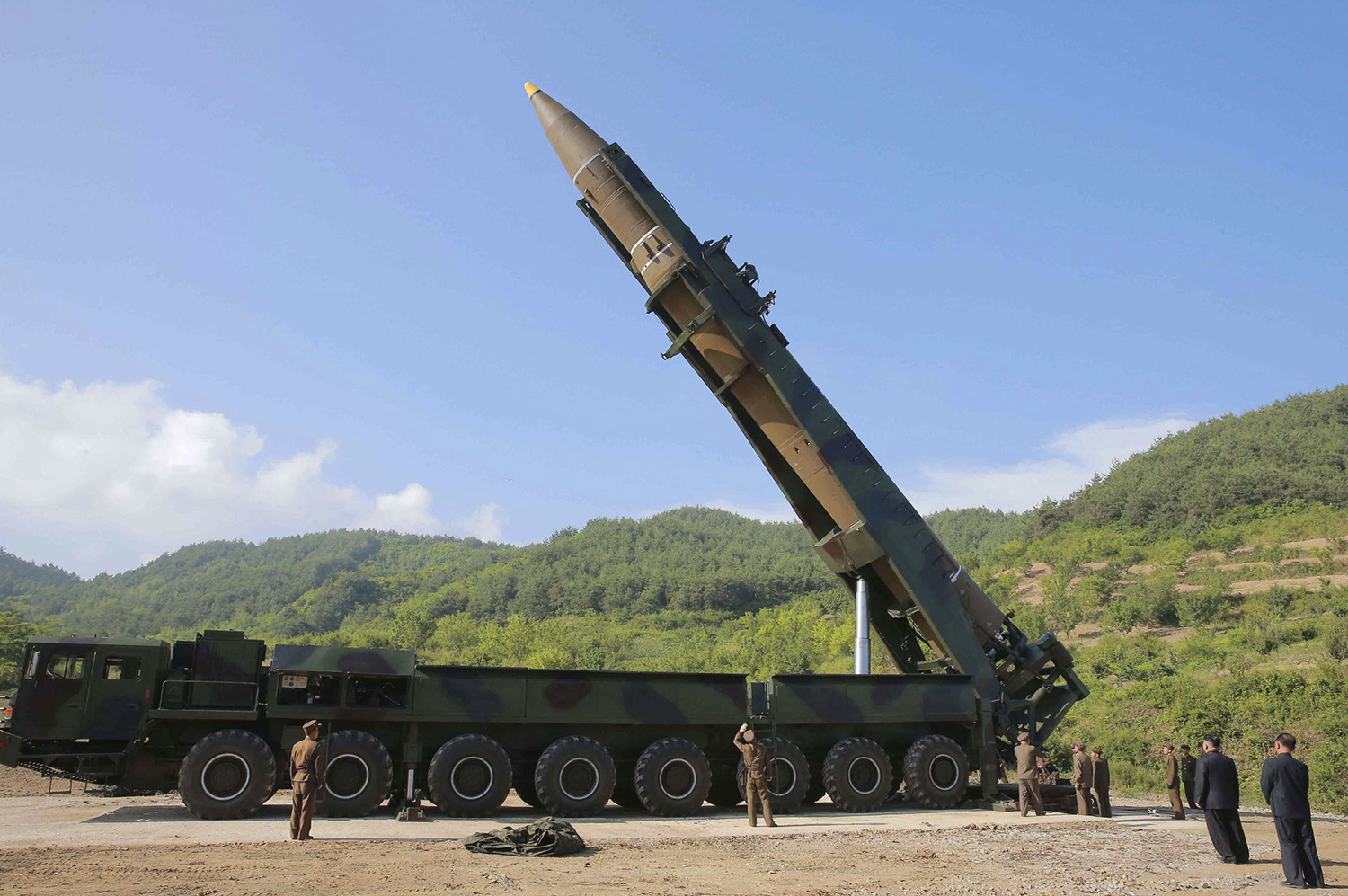
All this is likely to come to some sort of a head at next week’s G20 summit in Hamberg, Germany. The gathering of international leaders will also be the first highly anticipated, and in some cases highly maligned, meeting between Donald Trump and Vladimir Putin. North Korea should come up during that encounter, and who knows, maybe the Chinese-Russian sponsored deal will give Trump the diplomatic out he needs at this time when it comes to his promises of “dealing with” the Kim regime.
One thing is certain, now that North Korea has demonstrated that it can reach out a touch the US, calls for military action will grow thunderous in Washington. But being in a reactionary position to Pyongyang’s provocations is exactly where the young ruler and his cadre of henchman want the White House to be. And as we have stated countless times, and as key US military leaders also now profess, a conflict on the Korean Peninsula, regardless of the North’s nuclear arsenal, will involve destruction and death on a level we have not seen for many decades. As such, their remains no good military option for the North Korean predicament or for neutralizing their increasingly ominous arsenal of ballistic missiles and nuclear weapons.
Contact the author: Tyler@thedrive.com
